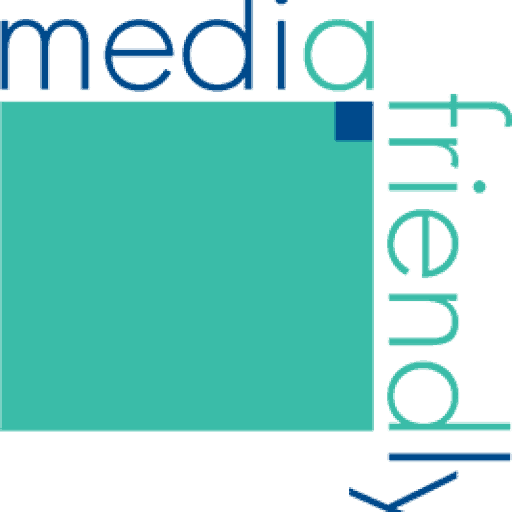Broadcast interviews from home have become the “new normal”. We have quickly got used seeing a plethora of backgrounds as key spokespeople bob about and squirm under ineffective lighting.
We can learn a lot from Channel 4’s News presenter, Jon Snow. He is the champion of presenting from home, with his perfect posture, eye contact and lighting, seated in front of a tidy bookshelf.
We can’t expect you to be a professional television presenter, but we can give you a few tips for the perfect “ working from home” interview:
- Prepare your key messages. You need to know what you are going to say and how you are going to say it. If you have access to your Communications team, use them. Anticipate the possible questions and rehearse the answers. Try different ways of saying what you need to say, until you are sure that it will resonate with your audience. Once you know what you are going to say and how you are going to say it, you can work on the practicalities.
- Check your Internet connection and make sure other house members know that your TV interview is happening. Your interview takes priority. No one wants to lose connection half way through their key messages because the kids are gaming or your partner has decided to do internet shopping.
- Choose a quiet room with a neutral background, tidy bookshelves or a nice picture, or even flowers are all fine. Do double check to make sure there is nothing inappropriate behind you.
- Be your own cameraman and make sure that your lighting is good. Have a few lighting options ready then check this on a Zoom/ Facetime call to a friend or trusted colleague before the interview a get their opinion on the optimum lighting.
- Keeping cool and staying calm might seem tricky but two minutes of “power poses” before the interview, off camera, will relax you and drop your cortisone levels so that you are able to focus on your messages, rather than your nerves.
- Posture and body language are important, and once the nerves are under control you will need to find a good even sitting position, not to low and not to high in front of the camera, and keep it. No swivel chair or kitchen barstool that could suddenly lose height during the interview.
- When you are speaking or listening to a question keep your eyes focused on the camera. It’s all too easy to want to look at yourself to see how you are doing, but you really need to connect to your audience. The best way is to look at the camera and imagine that you are speaking to someone that you really like and you will come across as caring, considered and confident.
- Voice control; the right pace, pitch and tone will give you the authority and warmth that you need to communicate well. Up your energy level, we don’t want Scooby Do on speed, but some enthusiasm is required. If you can combine enthusiasm with a slightly slower delivery, that emphasises your key points, you’ll be doing a good job.
- Of course you can always call us and arrange a 1:1 remote media training session. It takes just over two hours and we will take you through several practise media interviews so that you can prepare practically with Media Friendly experts.
Media Friendly trainers are specialists in Media Training, PR and Communication skills – everything from Presentation Skills To Crisis Media Management. We also offer PR and Crisis Management support. For immediate advice and support call Media Friendly on 01628-474154, or email enquiries@mediafriendly.org.
